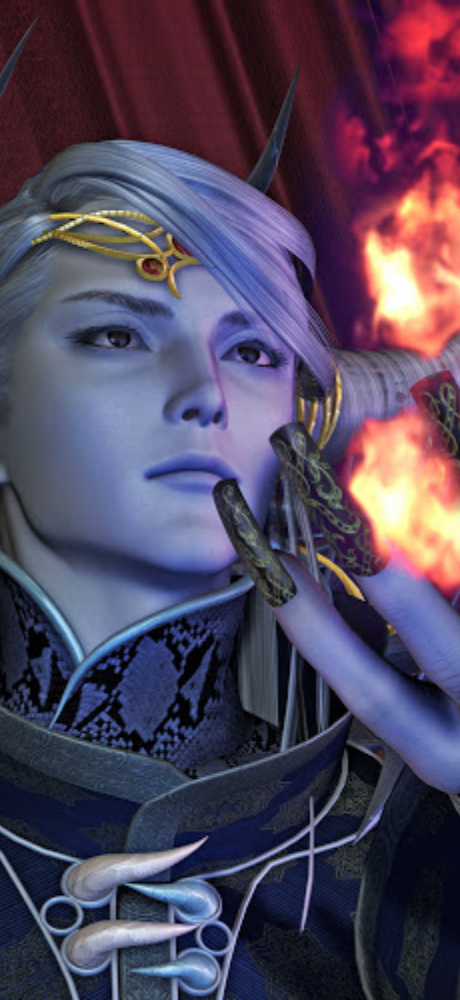Final Fantasy II, released on December 17, 1988, is a highly enjoyable sequel to the NES/Famicom game, Final Fantasy. Despite not being released in the US, it stands out as a remarkable gaming experience.
The game features a completely revamped gameplay compared to its predecessor, with no overlapping plot elements. Final Fantasy II introduces four base characters, each with a unique background story and the capacity to be a mage, fighter, or both. This flexibility significantly enhances the game's playability. Alongside the main characters, various other characters, such as a dragoon and a pirate, join your group throughout the game.
Instead of gaining levels, characters in Final Fantasy II develop their statistics based on their battle performance. For instance, a character near death at a battle's end gains defense and hit points, while a magically drained character gains wisdom and magic points. Characters can equip any weapon, learn any spell, and build weapon/spell levels to improve their attacks' effectiveness. Although leveling up may take time, many gamers appreciate the challenge posed by the game. The absence of save points and limited item space occasionally results in frustration.
Notable features in Final Fantasy II include the debut of Chocobo, Cid, Mithril equipment, Leviathan, Dragoon, character portraits in the status window, Ultima, and Hiryuu. The game's story revolves around the Empire of Paramekia summoning demons and harnessing the dark powers of Hell. In response, the people of Phin form a resistance group, but their city is soon captured and destroyed. Players take on the roles of Frionel, Guy, Maria, and Lionheart, four orphans from Phin. Although the story may seem superficial, it has a solid core with numerous plot twists.
The music in Final Fantasy II is exceptional, with bosses now having a separate theme and the world map music embodying the game's dark setting. The game also introduces the famous Chocobo theme, which has since become a staple in the Final Fantasy series.
Although the graphics may be considered poor by today's standards, they were reasonable for the time. The graphic detail is similar to that of the first Final Fantasy, which boasted decent graphics for its era. The game's most significant graphical issue is the globe, which replaced the flat map feature. While realistic, the globe was ahead of its time, causing slowdowns and frustration.
In conclusion, Final Fantasy II is an excellent game that played a crucial role in shaping the RPG world we know today. Its engaging gameplay, innovative character progression system, and captivating story make it a must-play for fans of the genre.
